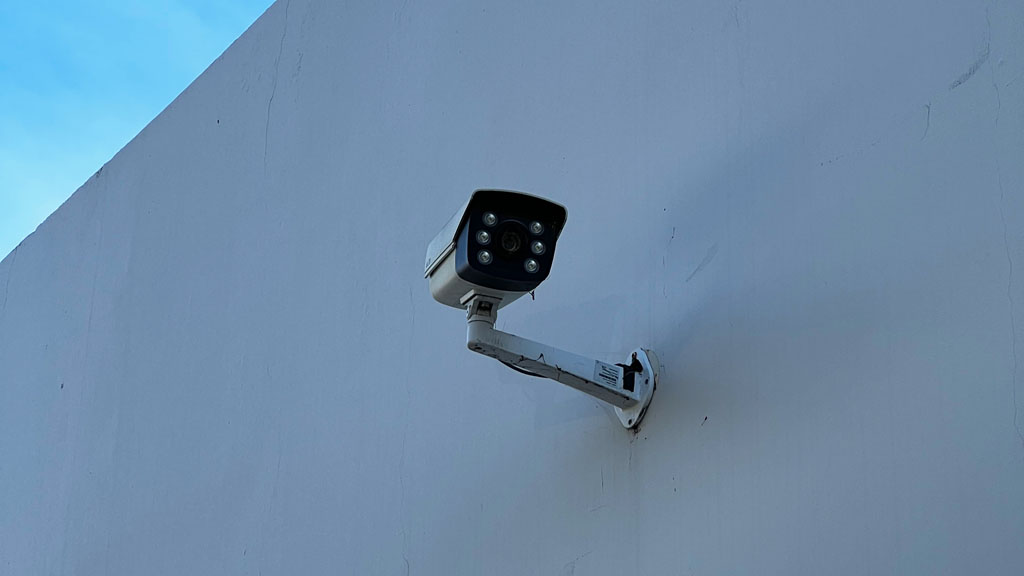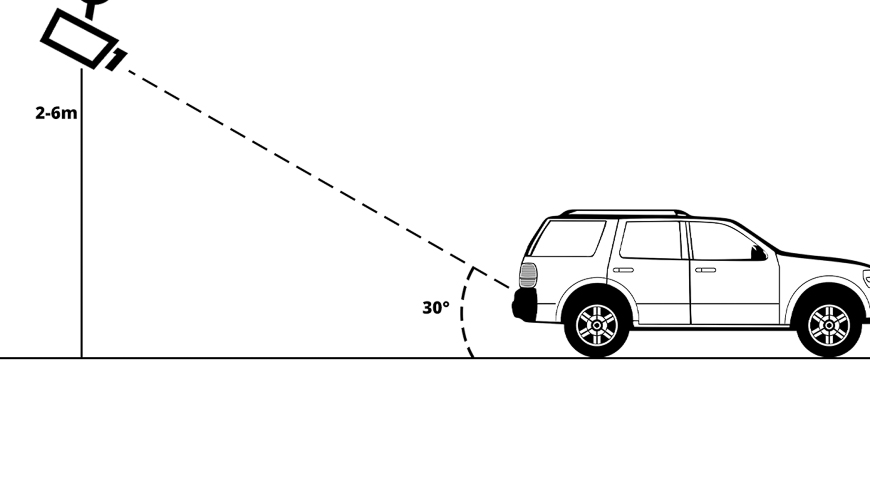How to Implement Mega Pixel Quality Cameras to your Analog Video System

The digital video recorder and network video recorder are essential for your video surveillance system. They both receive video data from your camera, manage all of your cameras in one place, and view your security footage. The video recorders have the same purpose to record security footage, yet they differ with the camera and equipment used in their set up.
DVR
The Analog cameras also known as CCTV cameras, sends over the unprocessed video footage to the DVR to encode and convert the footage into a digital format. DVR systems do not normally include audio, but you can include RCA connections to have the ability of recording audio. The DVR requires coaxial cables that have to connect to the analog cameras. The coaxial cables are rigid and are expensive, so they can be difficult to run through a facility. DVR systems and the coaxial cables are as good as they will get. The DVR system is not recommended if you want to expand your video surveillance across your facility.
NVR
The other option is the NVR or Network Video Recorder that uses IP cameras or Internet Protocol cameras. The IP cameras are able to process the video data before relaying it to the recorder. The IP cameras are able to include audio, images, and a higher resolution that include 4k cameras. IP cameras use data analytics that include license plate recognition, facial detection, and detect missing or abandoned objects. This data can be used as in your access control system to allow or deny entry at access points. IP cameras connect to the NVR using ethernet cables or can connect through wireless detection. The NVR and the IP cameras are the future right now because there is a lot of potential to incorporate deep learning into the NVRs to allow you to maximize your data.
What Option is Right For You
The overall cost between these two systems vary. The IP cameras are more expensive than the analog cameras. However, the DVR cost more than the NVR. Overall, the NVR will be more expensive because of the new data analytics and possibilities for growth. Each option can be tailored to your need depending on your facility, what you need your cameras to record, and your budget.
Once you have a video system in place, you are not stuck with your video system. For example, if you have an analogue video system, you can still integrate IP cameras.
IP Cameras and Analog Cameras
IP cameras have higher quality video because they can transfer more data to the recorder. For example, we see this prominent difference of video quality in when we zoom in on a part of the environment. In an analog recorded video, the more we zoom in, the image will begin to pixelate. In contrast with the IP camera, the more we zoom in, the quality of the image maintains its integrity. The IP camera has a wider field of view than the analog cameras. The analog cameras have a limited range and they will lose definition with increased distance.
Another difference with IP cameras and the analog cameras is the wired and wireless connections that they have. The analog cameras require a connection with the coaxial cables to function. The coaxial cables will degrade over 300ft/90m, so this will be a challenge for large facilities. IP cameras connect to the NVR with ethernet cables and have the option to be wireless.
Challenges of including IP Cameras in your Current Infrastructure
A challenge with transitioning an analog camera system to an IP camera system is that it is expensive. Companies that want to integrate IP cameras into their existing DVR system will need to replace the coaxial cables and DVR system. The decision to replace your whole video surveillance system can be an expensive project, luckily there is another way for you to still use your existing analogue video system.
Bridge the gap between DVR and NVR
An affordable option that we found is implementing a hybrid DVR system that is able to connect to both analogue and IP cameras. The AVR-HT832A is a great example of a hybrid DVR that will allow you to still use your analog cameras and slowly integrate new IP cameras. To install the the IP cameras, we would need to connect them to a switch using an ethernet cable and a port in the camera. The materials for the IP camera is inexpensive.
Features of the AVR-HT832A
The AVR-HT832A is not able to use the video analytic features like the NVR, yet the AVR-HT832A is able to use motion detection and trip wire feature. The AVR has the remote access capability of viewing your recorded footage from any computer or mobile device. The mobile app brings convenience to users.
Have any questions
If you want to upgrade you current video surveillance system, we are happy to help you solve your challenges. If you have an existing DVR system, we can discuss the options you have to integrate IP cameras and replace your system over time. Contact us and let us know the challenges you are facing with your video surveillance system. Email us

